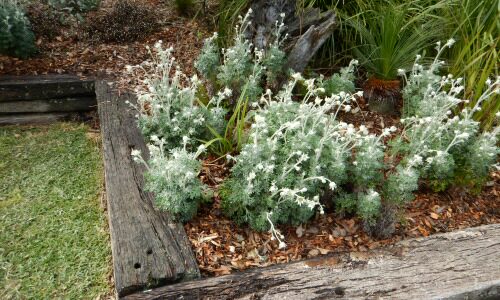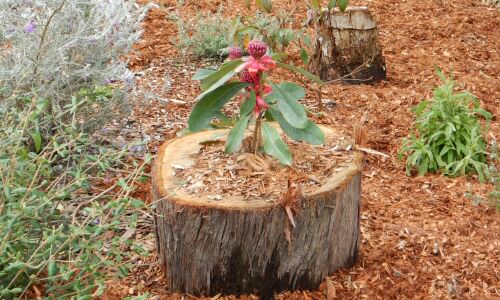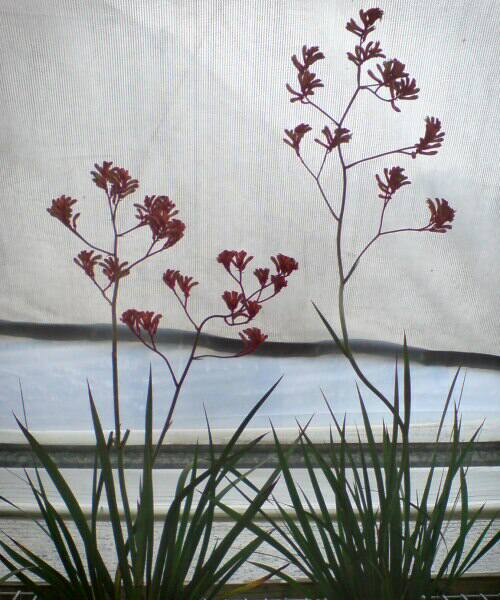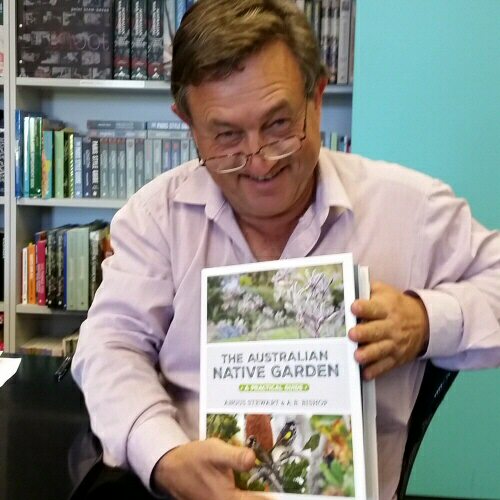Central Coast Native Garden Extravaganza
I would like to share a great day I recently spent with 20 plus native plant enthusiasts and the fantastic folk from The Wildflower Place nursery at Erina on the NSW Central Coast.
Nola, Bronwyn, Maureen and Julie from the nursery had organised a bus to tour some wonderfully inspirational gardens in the area, from suburban (and sometimes steep!) to larger gardens on semi-rural acreages. The gardens highlighted the use of Australian natives for landscaping, and it was fabulous to see what passionate plant people had done with both old tried and tested plants to newer varieties.
Getting the best from kangaroo paws at this time of year
It looks like summer has come early to many parts of Australia now, and kangaroo paw flowers are now bursting forth, bringing me much joy! I’ve been a passionate grower of paws for more than 30 years, so would like to share a few tips and tricks to get the best from your plants.
My new Tall and Tough paws and other tall growing varieties have wonderfully long flowers stems of around 2 metres high. A great trick I have learnt is that you can cut the top half of the flower stem to use in floral work, and the bottom half will still develop nicely, and somewhat shorter than normal.
The plant on the left has had the flower stem cut, the plant on the right was uncut
The picture below shows where to cut- just above a stem junction, where you have a small leaf-like appendage.
The remaining flower stem will be stimulated to send out more blooms from where it was cut, while still giving a shapely effect. This gives you a double bang for your buck! This also works with the smaller varieties too.
With the warmer weather, kangaroo paw plants are putting on lots of new growth, both new leaves and flowers. This can lead to plant stress, which is one of the things that can cause leaf blackening. So be sure to give your paws a regular feed of your favourite native plant fertiliser, and water in dry and/or windy weather. If paws get too dry when budding up, it can cause the flower to abort. Always water well after fertilising too, to prevent foliage burn.
If you are troubled by blackened foliage, clean up is as easy as pulling off the damaged leaves. Hold your grotty leaf firmly about halfway down and pull upwards and slightly sideways and the leaf should come cleanly off from the base. Once you get the feel for this, you’ll be able to restore your plant to its best with very little effort. As kangaroo paws grow from an underground rhizome, you can even cut an established plant down to the ground to tidy it and it will pop up fresh new shoots.
I’d used the whipper snipper on this formerly tatty old neglected clump, and this is the fresh regrowth a few weeks later
Sneak peek at my new book!
I’ve been working for the past couple of years on a new book all about Australian natives (surprise!), with my friend and co-author A.B. Bishop. The Australian Native Garden has loads of information on garden construction plus cutting edge new plant cultivars for fabulous landscaping work.
The advanced copy of The Australian Native Garden
Mixing natives and exotics in the garden
Purely native gardens are my favourite, and are great for the local wildlife, but plenty of gardens have a mix of native and exotic plants. Using a mix gives you access to a wider range of colours and textures in your plant selection, which gives scope for some great landscaping. My best advice is to pick plants with similar needs when planning.
My great friend and garden designer extraodinaire Linda Ross shows how its done in her gorgeous coastal garden with masterful use of natives and exotics. Her blending of colours, textures and forms is a beautiful thing.
Exotic plants like the blue succulent and statice are teamed here with natives like the Landscape Lilac kangaroo paw and felty grey Eremophila, which all like good drainage and sunshine. Plants from many places around the world, creating a lovely harmony together. That’s the Aussie spirit!









